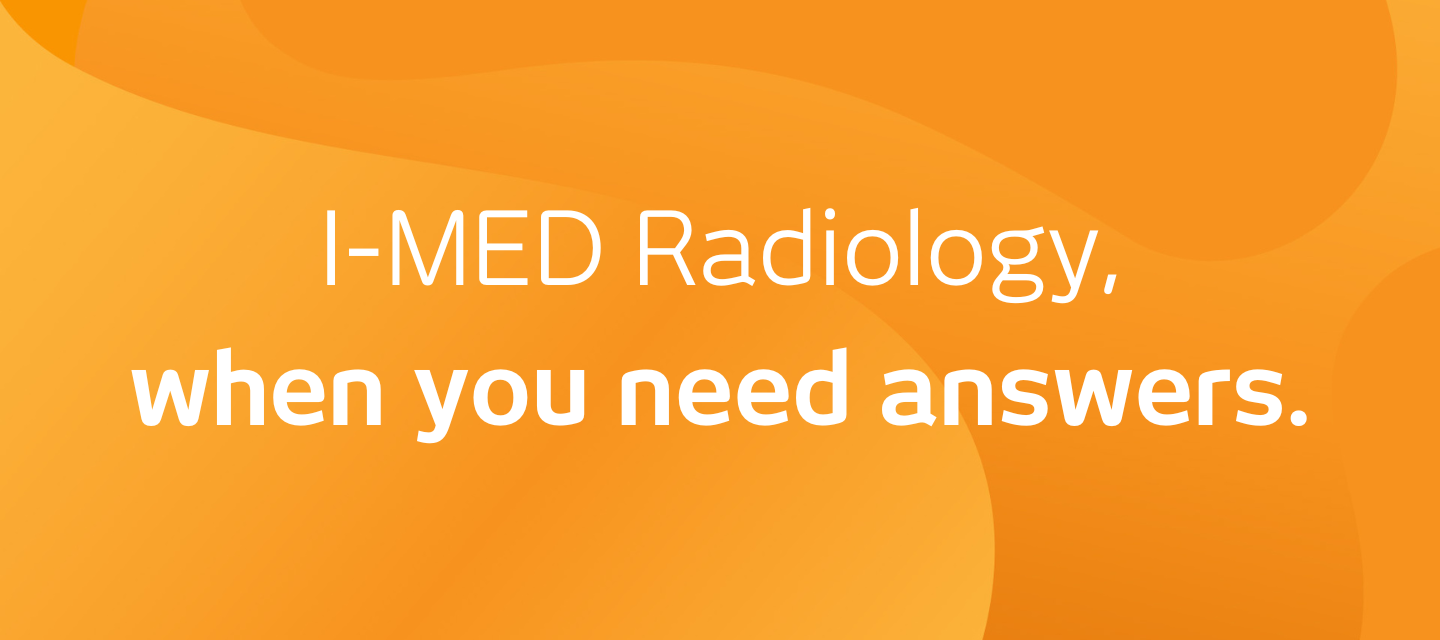
Prostate artery embolisation (PAE)
Prostate artery embolisation (PAE)
What is Prostate Artery Embolisation (PAE)?
Enlarged prostates (referred to as benign prostatic hyperplasia or BPH) cause urinary frequency, urgency, increased urination (particularly at night), weak urine stream and incomplete bladder emptying. These symptoms can have a significant impact on quality of life and cause discomfort. Prostate glands slowly enlarge as men get older and can compress the urethra and cause the flow of urine to be slower and less forceful. A procedure called prostate artery embolisation is a minimally invasive procedure performed by interventional radiologists that involves blocking blood flow to the arteries that supply the prostate causing the gland to shrink.
How do I register interest for the GAE clinical trial? keyboard_arrow_down
To register interest into the clinical trial email Sepinoud.Firouzmand@i-med.com.au or research@i-med.com.au
When is this procedure conducted?
keyboard_arrow_down
Prostate Artery Embolisation provides a non-surgical treatment alternative, which can usually be performed as a day procedure and does not require insertion of a urinary catheter. The treatment is performed by a highly trained interventional radiologist within a special screening room that is adapted for specialised interventional procedures.
How do I prepare for this procedure?
keyboard_arrow_down
- You will be given instructions by our booking staff regarding the time of your appointment and any necessary preparation. • You will usually require admission to day surgery.
- This procedure can usually be done as a day case, however sometimes it may be necessary to stay overnight.
- Please bring any previous x-rays, ultrasound, CT or MRI scans if they were not performed within our clinic.
- You will be required to fast for four hours before your PAE as you will receive twilight sedation to make you comfortable during the procedure.
- You may continue to take your normal medication (unless requested to withhold) with a sip of water.
- You need to notify us and your referring doctor if you are on blood thinning medications or injections (eg: aspirin, warfarin, coumadin, Xarelto, Plavix or Clexane etc.) or if you are taking fish oil or krill oil as these also increase the risk of bleeding. These medications may be stopped for several days prior to your procedure.
- If you have any allergies, you must let your doctor know. If you have previously reacted to intravenous contrast medium, the dye used for kidney x-rays and CT scanning, or have any kidney function problems then you must also inform your doctor
How does this procedure work?
keyboard_arrow_down
- The procedure works by reducing or stopping blood flow to the vessels that supply the central part of the prostatic tissue to reduce the size of the gland and relieve symptoms.
- There are usually one or two vessels on each side (right & left) that supply blood to the prostate. An interventional radiologist will insert a small catheter into a blood vessel in either your wrist, upper arm or your groin. The insertion point may vary due to your anatomy. The interventional radiologist will then position the catheter by feeding it into each prostate artery under imaging guidance. Microscopic particles (resin particles smaller than a grain of sand) are then injected into the prostatic arteries, blocking the blood flow to the central tissues of the prostate causing it to shrink.
How will I feel after the procedure?
keyboard_arrow_down
- After the procedure you will be taken to the recovery area where nurses will carry out routine observations, such as taking your pulse and blood pressure to make sure there are no unexpected sideeffects. They will also monitor the needle entry site to make sure there is no bleeding.
- Care is taken after the procedure to minimise bleeding or bruising at the site. For a time afterwards, you may have a clamp over your groin or a pressure device on your arm or wrist (depending on the skin entry site). You will be required to remain in bed for sometime after the procedure. If your needle entry site for the procedure was in the groin, you will need to remain still in bed for up to four hours. However, if the site is in the arm or wrist, you may have more opportunity to be mobile.
- Once any pain is controlled and after a period of observation, you will then be transferred to either the ward (if you have been admitted to hospital) or back to day surgery for discharge.
- You may experience some pain and discomfort for approximately one week after the procedure.Temporary symptoms can include increased urinary frequency, painful urination, a small amount of blood in the urine, bruising around the needle site and constipation. Painkillers will be administered if required. It is recommended that you rest for a few days. Occasionally, some patients experience feeling very tired,however this also usually resolves within a week.
How successful is prostate artery embolisation? keyboard_arrow_down
- Over 90% of men will gain symptomatic improvement 1 to 2 weeks after Prostate Artery Embolisation, with reduction in prostate artery volumes and an increase in urinary flow rates. Difficulty in finding small prostate arteries may lead to technical failures or early recurrence of symptoms in around 10% of cases. Prostate Artery Embolisation can be performed more than once if required. In cases of failure, traditional TURP surgery or any other treatment option may still be offered.
- Prostate Artery Embolisation is a novel and promising therapy that has been proven to be safe and efficacious after short and medium term follow-up. Patient satisfaction is high, and repeat intervention rates are low.
Summary of benefits of prostate artery embolisation keyboard_arrow_down
- Decrease lower urinary tract symptoms.
- Gain symptomatic improvement.
- No surgery is required, reducing the risks of sexual dysfunction, urinary incontinence, impotence and retrograde ejaculation.
Follow-up
keyboard_arrow_down
- You will be scheduled for follow-up imaging and consultations to review the success of the procedure.
- Our supportive team is available to answer any concerns or questions you may have.
How do I get my results? keyboard_arrow_down
Your doctor will receive a written report on your test as soon as is practicable.
It is very important that you discuss the results with the doctor who referred you so they can explain what the results mean for you.
Most results are normal. Occasionally, small changes are seen that need further review.
If your results are normal you will be able to return for routine screening (usually every 2 years). If your results are uncertain or show changes you may need to consider additional imaging (diagnostic mammogram, ultrasound, or biopsy) in discussion with your referring doctor.
Related procedures

This information has been reviewed and approved by Dr Ronald Shnier (I-MED Chief Medical Officer).
Related articles

Related procedures

This information has been reviewed and approved by Dr Ronald Shnier (I-MED Chief Medical Officer).
Related articles

